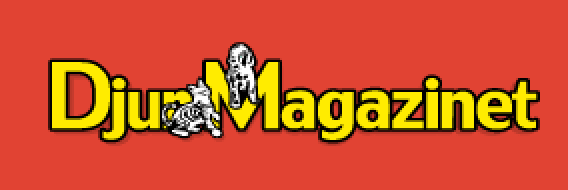Puli
FCI:
Puli - Group I. - Sheepdogs and Cattle Dogs, Section 1 – Sheepdogs.
General Appearance:
Puli is a lively, vivacious and docile dog. It's fast, to acrobatically agile and nimble, able at the moment to change the direction of movement. Besides the work with the cattle and hunting exercise it was also always attentive and alert watchdog and this ability is retained to the present.
Temperament/Behaviour:
It is not suitable dog for the person, who is inconsistent, indecisive, volatile, lacking natural authority. It tends to be a one-man dog. It likes children, with whom it can play, except children who are only really small, incapable of respecting its personality. It exquisitely guards, it does not make friendship with strangers, but it is not to aggressive to them. There is no lack of sharpness, it is always ready to use and e.g. when some dog or person start to bothers it by paying attention. It is an intelligent dog that does not seek conflicts with other dogs and it gets well even with small pets, if it is accustomed from an early age.
It needs a lot of movement, and therefore it is sometimes deemed unfit breed for cities. In fact, of course, it can live, especially in houses and flats with garden. Whoever it does not have this chance, owner must reckon with longer walks and abundant attractive a suitable place some exercise. It is also suitable for different dog sports. It has definitely an athletic disposition. Dog is the best in obedience and agility.
Body:
It is a dog of medium size with strong constitution, square body frame and subtle muscular frame. Height at withers, male is 39 to 45 cm and female is 36 to 42 cm, weight of body is from 13 to 15 kg males and 10-13 kg females.
The head is round the front, the skull should be small, fine. The superciliary arches are pronounced frontal slope is barely perceptible and the muzzle must not be pointed. The nasal bridge is straight the nose should be rather small, black-coloured. The earlobes should be moderately high set, broad at the base, hanging, a "V" on the tops rounded.
Lips tight fitting to the jaws and teeth and are on the edges dark. A full set of teeth and scissor bite is required. Eyes should be medium-sized, dark brown, slightly slanted, with lively and intelligent expression. The rims are fully pigmented.
The neck is moderately long, tense, very muscular, covered with dense hair. Topline of body straight to the rear it raises. Withers that bulge a little. The back is of medium length, straight, dry and muscular. Loins are very muscular, short. The croup should be short, slightly sloping.
The tail is set at medium height, curved surface at the stern, and densely covered with hair. When stretched out, it reaches the hock.
Chest should be long and deep, formed properly sprung ribs, shoulder bones are moderately long and well muscled, elbows close to your chest. Forearm: Long, straight, dryly muscled. Feet should be short, round, tight, tight toes. Nails black or dark slate gray, dark coloured padded, flexible.
The hindquarters are parallel. Thighs should have the appropriate length and be properly muscled like shin. The hock is dry, cleanly sculpted, fetlocks should be short. The movement is very much alive and alert.
The puppy coat is dense, wavy or curly, later forming hairballs, tassels and strong cords. The body coat consists of a coarser topcoat and finer undercoat. The strands are the longest on the shoulders, rear and back of thighs, which measures about 20-30 cm.
Coat colour black with few rusty coloured or grey shadings, fawn (fakó) with a distinct black mask. Grey in any shade. A white patch at the forechest, not exceeding 3 cm in diameter, is permitted. White between the toes is not regarded as a fault. Pearl white coat is without any russet gold (semmel-blond).
Coat requires some care and special equipment, pruner, which separates from each other. It makes cords of hair over the entire length of body. Cut short, e.g. in the summer months, it is not appropriate. Coat is acting as an insulating layer, not only the winter but also the summer. Partial reduction of hair in an extremely long hairy individuals but is necessary because of a sports application that long cords of hair e.g. in agility it can knock down obstacles.
Any faults from the standard requirements must be considered as defects and precisely evaluated by the degree of seriousness with regard to health and well-being. To negative defects include absence of one or several teeth from the category incisors, canines, second to fourth premolars (P2 - P4) and 1 to 2 molars (molars M1 - M2) and the lack of more than two first premolars (P1 ), while on the molars 3 (M3) is not taken into account, overshot or undershot jaw, irregular or wry mouth, curved sickle or horizontal tail, short or smooth coat, fur not pilling, defective colouring and unwanted spots and colourful characters, tap height defying the FCI standard specified range.




